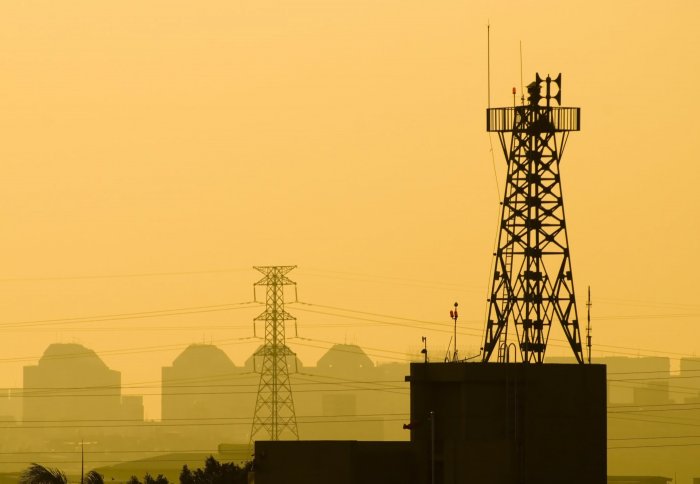

Lower income US neighbourhoods have worse mobile phone coverage than wealthier areas, according to research from Imperial College Business School.
The study, published in Telecommunications Policy, found that lower-income regions in the United States receive almost 15 percent less network coverage compared to more affluent areas. The research showed a clear divide in mobile phone coverage between people living in wealthier areas, compared to those living in lower-income neighbourhoods.
The research measured the levels of income and population density between neighbourhoods in both urban and rural areas.
Using crowdsourced information on mobile coverage across six states, the researchers mapped the location and density of regular wireless base stations and femto-cells – small wireless antennas used in areas of poor mobile coverage. They found that on average, poorer areas, whether urban or rural had two fewer telecom base stations installed for equal numbers of subscribers. Base stations tended to be at least three times further away from lower-income subscribers than from those with high incomes.

Image showing patterns of network coverage from the study
The study shows a growing digital divide in society.
– Dr Pantelis Koutroumpis
Study co-author
The researchers also found that wealthier households in poorly covered areas were able to compensate for their signal loss by installing femto- cell antennas that routed their traffic via wireline broadband access, while their poorer neighbours were not.
Study author Professor Aija Leiponen, from Imperial College Business School, said: “Our results suggest that there is a mobile divide between individuals and households in affluent and lower-income areas. Insufficient mobile coverage may further contribute to the decline or slower development of these areas.”
Dr Pantelis Koutroumpis, also from the Business School said: “The study shows a growing digital divide in society. Mobile phone coverage depends not just on where you live but on how much you can afford to pay for your service. The findings show how location has an important impact on what services you can receive on your mobile phone such as remote sensing, multimedia and voice services. In the US, poor coverage can also have an impact on whether people can receive e-health and e-government applications that are normally available to all citizens.
“Apart from the various obstacles like large buildings, hills, or valleys that result in ‘patchy’ coverage this study shows that there are many other factors that influence whether people receive good mobile network coverage.”
The study, “Crowdsourcing mobile coverage” is available to view online.
Article text (excluding photos or graphics) available under an Attribution-NonCommercial-ShareAlike Creative Commons license.
Photos and graphics subject to third party copyright used with permission or © Imperial College London.
Reporter
Laura Singleton
Communications Division



